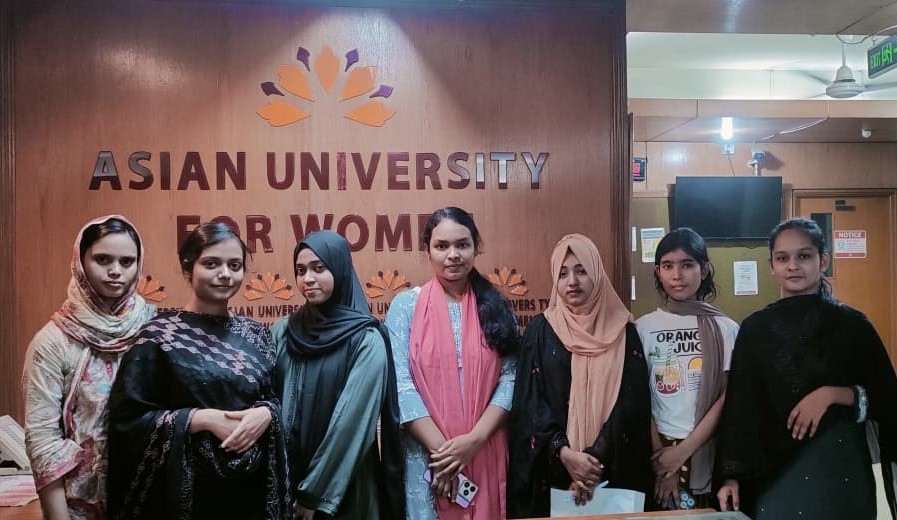There has been an unending stream of ‘high-profile’ projects in recent years. Top policymakers have been approving these projects one after another, in most cases, not being certain about the availability of funds to support those.
Many more cost-intensive projects are now either under the scrutiny of the Planning Commission (PC) or under preparation at various government agencies.
These days, multilateral donors are not as generous as they were before. The reason for this can be rooted in their observation that a large part of the funds they made available in the form of project aid has remained unutilized. According to an estimate, the volume of project aid in the pipeline is now worth nearly $20 billion.
With the flow of soft loans from the multilateral donors ebbing, the government is left with two options – either it has to depend on its own financing or take hard-term loans. The first option is difficult and the government is aware of it. Under the circumstances, the government is focusing on exploring the possibility of mobilizing the suppliers’ credit on relatively soft terms. That is the area where China figures prominently.
Until recently, China was found to be interested in financing almost every large project, of course, with loans on hard terms. This situation has changed recently. Chinese companies are not showing much interest in financing big projects anymore.
That is why Bangladesh, reportedly, will place a long list of projects before the visiting China’s President, Xi Jinping, seeking financial assistance worth about $20 billion for, at least, 25 big development projects. Mr. Jingpin will arrive in Dhaka on October 14 next on a two-day visit.
China and Bangladesh had been in discussion over all the projects mentioned above. But, lately, the former’s stance has become lukewarm regarding pursuing the negotiations. Bangladesh wants to be certain whether the world’s second-largest economy would support the projects. In the event of a negative response, the government would explore the possibilities of arranging funds from other sources.
However, the scope is becoming limited for Bangladesh to borrow soft loans from multilateral sources. Both the World Bank (WB) and the Asian Development Bank (ADB) are now offering funds on relatively hard terms, even though the availability of funds from their respective soft windows have not dried up fully.
The rate of interest of the former type of loans is higher and the repayment period longer. As soon as Bangladesh achieves the status of a middle-income country (MIC), which the government expects to earn by 2021 or even before, the terms and conditions for loans offered to the country by multilateral lenders would be stiffer. That is one of the unpalatable consequences of earning economic affluence by an aid-dependent country.
In the meanwhile, the government is trying to blend soft and hard term loans from the multilateral lenders. It is now engaged in the acts of convincing the multilateral donors to offer both soft and slightly hard term loans for development projects.
There is no denying that the country needs development projects primarily to develop its weak infrastructure and support adequately the social and human development activities. But it is always difficult to say whether projects are being taken up in accordance with the priorities and needs of the country and its population. Many projects are found overlapping and not in line with national or local-level priorities.
Various government agencies, apparently, are in competition to take as many development projects as possible. Nevertheless, they are oblivious to one hard reality – the scarcity of funds. Yet the availability of funds, if not for bankrolling the original projects, is rather easy from the donors to conduct feasibility studies. The size of the assistance, generally the technical one, is not that big. The donors are interested in such funding because of the scope to plough-back most part of the assistance through foreign consultants and other goods and services. The local relevant officials also reap some benefits out of the feasibility study projects.
At the moment, a good number of mega projects are in their implementation stage under various government agencies. Most projects are essential ones. The problems the development projects encounter are of a different nature. Many projects implemented earlier also had faced, more or less, identical problems that usually lead to delays in their execution and cost hikes. Delays and rising costs have become synonymous with public sector development projects.
The priority for Bangladesh is the development of its physical infrastructure. Bangladesh has suffered significantly because of its weak infrastructure, a fact recognized by its multilateral donors. Unfortunately, not much of the funds coming from them to meet the country’s deficiencies are funneled into in this particular area. There is no indication that they would make amendments to their approach in the near future. The newly established Asian Infrastructure Investment Bank (AIIB) offers some promise in this respect but being a new institution it might prefer to take time with their actions. However, the AIIB has already made available some fund for one infrastructure project in Bangladesh.
What is, however, important for Bangladesh is a radical improvement of its own project implementation strategy. The current has been fraught with problems, including loss of valuable resources in the form of graft and delays in project execution. Had the implementation of projects been improved, the country would not have faced many problems in attracting soft loans from the multilateral donors.
Undeniably, the prevailing socio-economic and political conditions in Bangladesh give rise to certain problems that the donors cannot conceive of. For instance, acquisition of land for any project in this land-scarce country is a difficult job. The owners, on the one hand, are reluctant to give up their land even against the payment of sufficient compensation money, on the other, a section of unscrupulous officials and local people employ embezzlement tricks to use up project funds in the name of land acquisition. Yet the government will have to make the entire process of project preparation and implementation transparent and need-based. Only then, donors and lenders might feel assured and make more funds available for development projects in Bangladesh.
The writer is a senior journalist. He can be reached at zahidmar10@gmail.com















